This weekend, two candidates were nominated in a straight fight for the Sungai Bakap by-election in Penang, the fifth by-election since the new government was formed in November 2022.
They were Abidin Ismail from the Islamist party PAS and Joohari Ariffin from Prime Minister Anwar Ibrahim’s party PKR.
Given that the constituency is in the home state of the prime minister and his party held the seat for three terms/15 years until last year’s state election, PKR leaders are portraying the contest optimistically with a chance to win.
Rather than ratchet down expectations, they are building them up – a common practice of PKR.
What PKR are hoping for is that the trend since 2023 of incumbent parties holding onto state seats will be broken and that they will be able to wrest back the seat they lost to PAS in 2023.
If PKR can achieve this, it would be a decisive break in trends and a significant boost for the Anwar government. The operative word is if – as it is a big IF.

While the constituency is highly competitive, PKR’s electoral ambitions of winning back the seat will not be easy to fulfil. Recent voting trends in Sungai Bakap, Penang, and nationally clearly favour PAS winning – as the river is still running green.
This piece lays out recent voting trends.
A tough fight: Green ground
This semi-rural constituency of Sungai Bakap in southern Seberang Perai bordering Kedah is at the heart of Malaysia’s ‘green wave’.
While I am of the view that the ‘green wave’ concept is overstated for Malaysia as a whole, this concept resonates in Penang.
Religious mobilisation and weak support of unity parties – Umno, PKR, Amanah, and DAP – among Malays have allowed PAS to extend their influence, making it the overwhelmingly dominant party among Malay voters in Penang.

Do keep in mind that this ‘green wave’ trend accounted for the loss of three parliamentary seats in mainland Penang in 2022, including Permatang Pauh, Tasek Gelugor, and Kepala Batas, and an unprecedented total of 11 Penang state seats for Perikatan Nasional in the August 2023 mega-state elections, extending opposition gains into the island in Balik Pulau.
Few appreciate the scope of the decline in Malay support for Pakatan Harapan and Umno in Penang, a trend that did not reverse itself from 2022 to 2023.
Malay support for the Harapan state government in power since 2008 has never been high under the DAP-led administration and with Umno’s collapse, it continues to be very low, considerably lower than that of Selangor.
Sungai Bakap’s proximity to Kedah has accentuated the influence of PAS, allowing the Islamist party to build its machinery and grassroots in the constituency while PKR’s networks have deteriorated as its leaders have focused attention on holding onto power nationally.
Anwar’s decision to leave the state to represent Perak has left a void in Malay leadership locally.
So far, PKR’s campaign has already showcased its strengths – the candidate’s strong credentials and a practical appeal to voters to be on the “government” side.
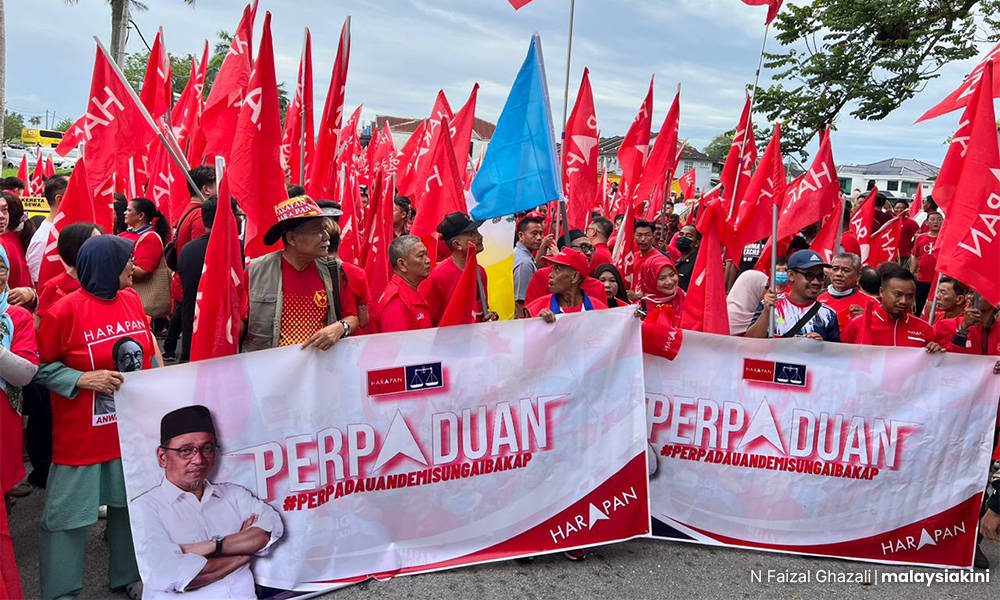
Penang has made impressive gains in investment, which shows promise for economic growth.
PAS, on its part, is riding on the green wave and persistent dissatisfaction of voters with economic conditions, with anger sentiments recently fuelled further by a poorly administered diesel subsidy programme.
Turnout challenge
As with the Kuala Kubu Baharu (KKB) by-election last month in Selangor, this contest will be shaped by turnout. Fewer of the voters in this constituency live outstation compared to KKB, but it will be a matter of whether they come out to vote.
Two important turnout trends will shape the outcome: first is the trend among Chinese voters.
Sungai Bakap is a Malay-majority seat (59 percent of voters), but it is comprised of nearly a quarter of Chinese voters (22 percent of voters).
These Chinese voters are increasingly coming out less often to vote, with turnout dropping to an estimated 65 percent in the 2023 state election.
This is a growing national trend of greater disengagement by the Chinese with their electoral options and reflects the lowest turnout among minority communities in Sungai Bakap.
PKR will need an increase in Chinese turnout to have any chance of winning the seat.
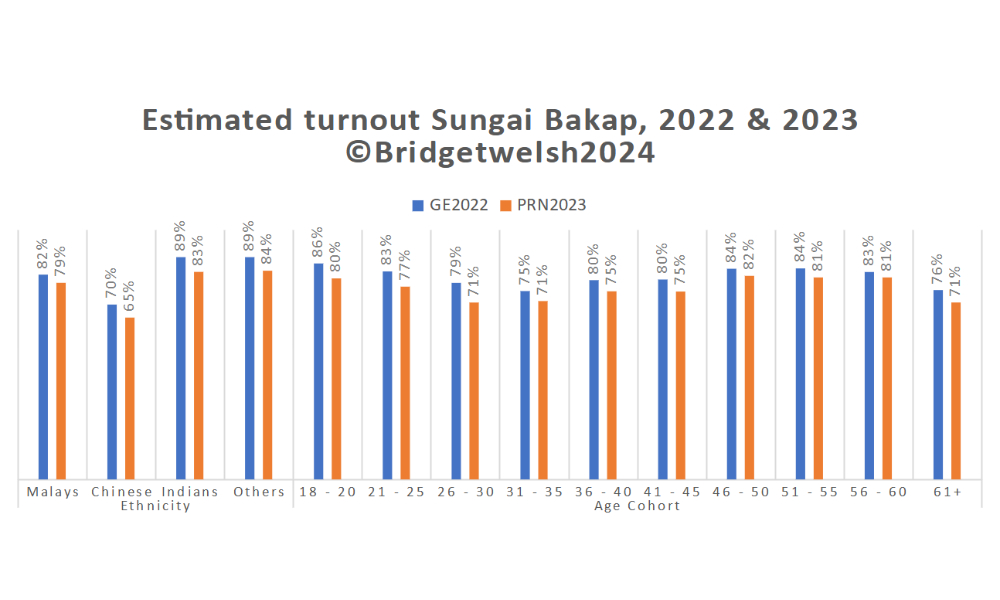
The turnout problem extends beyond Chinese voters to all groups. As shown, turnout dropped across all communities and age cohorts from 2022 to 2023. The largest decline was among voters 26-31 years old, by an estimated eight percent.
The ebbing enthusiasm among voters is a problem for all parties and speaks to a national challenge of effective voter engagement.
All sides are relying on using a combination of promises and anger, with little differentiation among what is on offer and electoral engagement.
Of the parties contesting, turnout trends favour PAS, even as turnout is expected to modesty decline in the coming by-election.
Ethnic mobilisation
Given the diversity of the constituency, with all three major communities comprising a large share of voters, no one group will matter more than the other.
For PKR to win, the party will need to maintain support levels among non-Malays and win over a not-insignificant share of Malays.
Electoral trends point to two patterns: first, ethnic polarisation in this constituency increased from 2022 to 2023; non-Malays voted in considerably higher numbers for Harapan, an estimated four percent increase among the Chinese voters, and an estimated nine percent among Indian voters (an estimated 97 percent of Indians voted - the highest turnout of all communities).
An overwhelming majority of Malay voters – an estimated 86 percent – voted for PAS, with the vote share for BN and Harapan halved from an estimated 30 percent in 2022 to 14 percent in 2023.
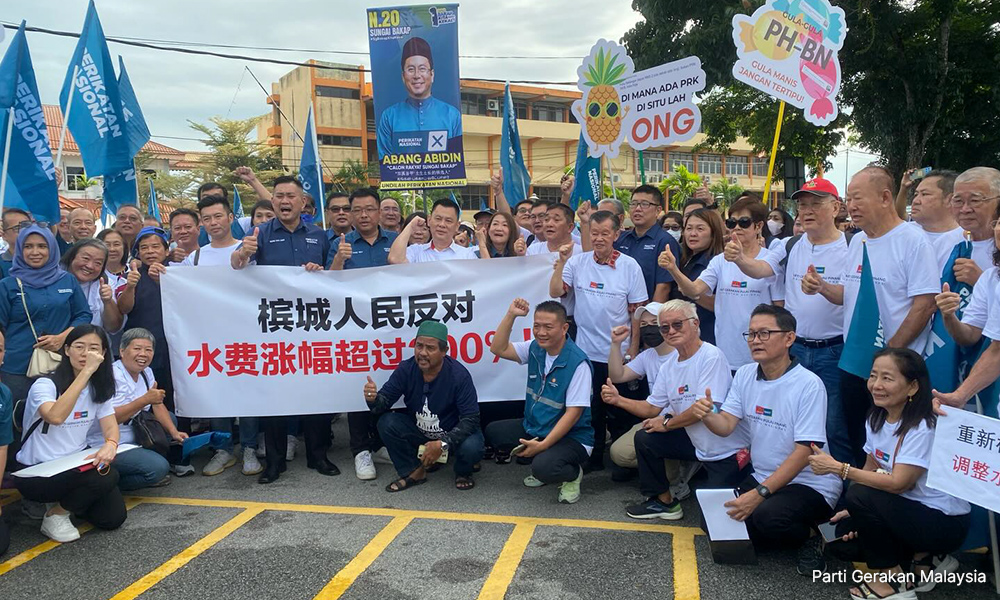
The ethnic poles in voting show sharpened division. Penang has a history of ethnic division in voting, but this trend has worsened.
What has also happened is a collapse of Umno electorally. To appreciate the scope of the collapse, one needs to appreciate that PKR only secured an estimated gain of four percent among Malay voters from GE15 in 2022 to the 2023 state election, as Umno’s support did not meaningfully translate to bolstering the DAP-led government in the 2023 state polls.
A large majority of Umno voters who voted went to PAS.
The question for this by-election is whether they will stay there and whether Umno in Penang will work to help PKR secure a victory.
On the ground, with PKR dominating the campaign and doing so in an exclusionary fashion, the mood among Umno voters to move to PKR is not yet there.
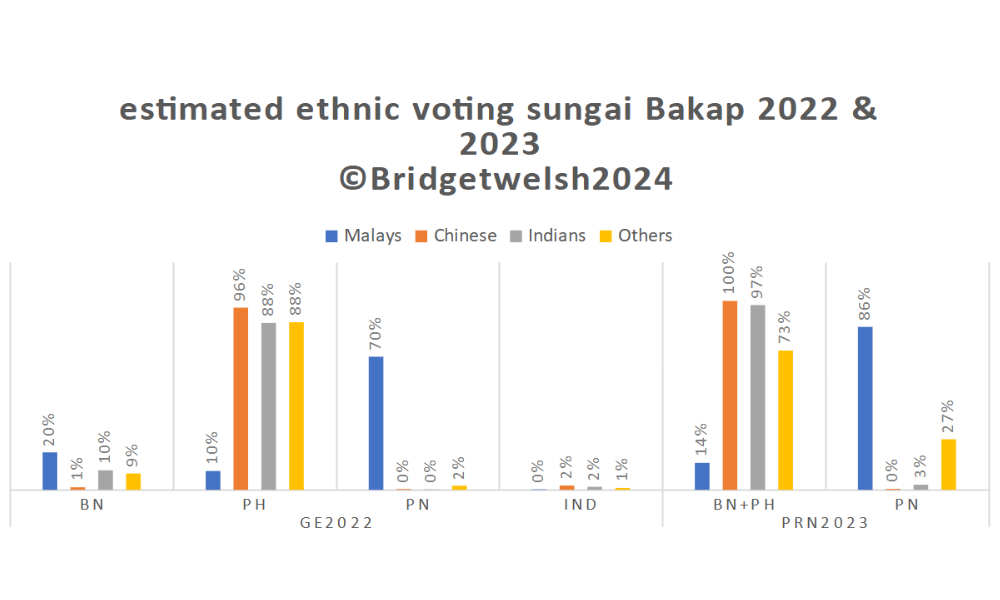
While Sungai Bakap puts a spotlight on Malay voters, who comprise the majority and who will need to switch support if PKR is to have a chance of winning, attention also centres on Indian voters as recent trends from KKB show these voters matter in close contests.
Indian voters comprise 17 percent of the Sungai Bakap electorate. What to watch for is turnout shifts and a decline in support.
Here, the campaign with depend on collaboration between PKR and DAP, as the latter has stronger ties among Indian voters (even with the undercutting of support in how older leaders were removed in 2023).
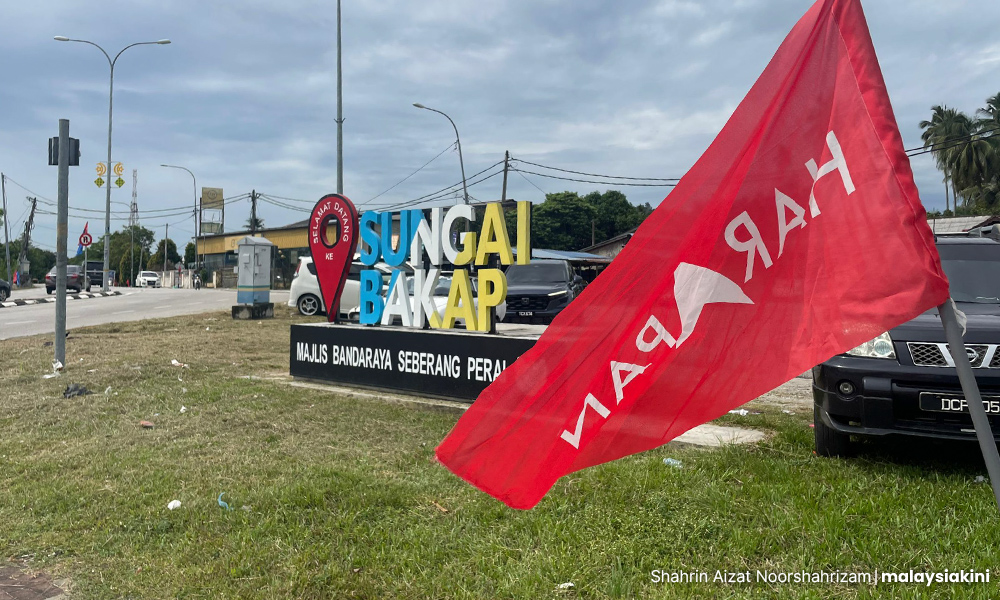
Overall, PKR (and Harapan) has taken Indian support for granted and the campaign will need to engage this community to secure victory.
In fact, none of the communities can be taken for granted. As the outcome of this election will not impact who is in government, the Sungai Bakap polls serve as an opportunity to send a message.
From an ethnic voting lens, multiple swings among at least two different communities will be needed to change the seat’s outcome.
Youth vote
An age cohort lens on voting trends shows that the youth will be decisive in shaping the outcome. Voters under 30 comprise a third of voters, with new voters under 20 comprising six percent, 21-25-year-olds 14 percent and 26-30-year-olds 13 percent.
As noted in my earlier pieces, Anwar’s government has done little to meaningfully address youth concerns – wages, cost of living, housing costs, and transportation. The cost of living remains paramount and is the most significant concern among young Penangites.
Voters on the Penang mainland feel a sense of neglect compared to those on the island, with this sentiment strongest among younger voters.
Voting trends show that PAS gained the support of the majority of voters under 50, with this particularly the case among voters under 25. The younger voters are also disproportionately more Malay.
The age voting patterns show that PAS made gains across age cohorts, with some of these Umno voters supporting PAS.
Harapan relies on older voters for its support, a pattern of BN in the past. This does not show promise of future victory unless gains are made among younger voters.

Sungai Bakap voting trends – coupled with the lack of policies and voter engagement that address deficits in political support – do not favour a PKR victory.
The more the Anwar government has tried to win over Malays, ineffectively used opportunities to win over younger voters, and taken its traditional base for granted, the more it has locked itself in current ethnically polarised voting patterns.
Yet, the fight is on with the political stakes important for both parties despite being only a state seat.
For PKR, this is an opportunity to change green to blue, to stem the decline in support for the Madani government that is evident in lower turnouts, losses, and less enthusiastic campaigns.
It will take a strong, collaborative, targeted campaign to secure victory. Campaigns do matter, especially in by-elections when the machinery (and resources) are focused on one constituency.
For PAS, the Islamist party is running on its green momentum. They want to maintain their position as representing the Malays and are doing so emphatically dominating the opposition within PN.
A loss in support among Malays from their level of an estimated 86 percent in 2023 will point to a slowing of the green movement and opposition weakening, something they hope to avoid.
As in 2022 and 2023, Penang elections reflect the future of the green wave electorally in Malaysia, with Sungai Bakap now in the spotlight. This electoral barometer of PAS and PKR’s future is vital to watch, not just for Penang but for Malaysia’s future. - Mkini
BRIDGET WELSH is an honourary research associate of the University of Nottingham’s Asia Research Institute, a senior research associate at Hu Fu Center for East Asia Democratic Studies, and a senior associate fellow at The Habibie Centre. Her writings can be found at bridgetwelsh.com.
The views expressed here are those of the author/contributor and do not necessarily represent the views of MMKtT.



No comments:
Post a Comment
Note: Only a member of this blog may post a comment.